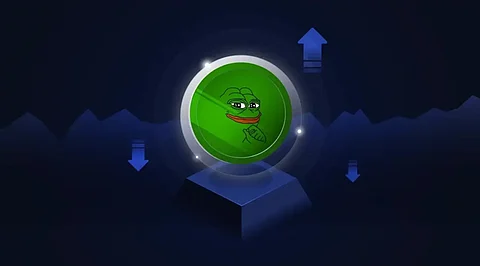

PEPE has been on a decline in the recent past and has dropped by more than 7% in the last 24 hours and is currently trading at $0.00001060. This is part of a bearish trend that has been observed in the past 7 days where PEPE has been down by more than 17% though it is up by 18% for the month. The token first surged to values above $0.000017 but has since succumbed to selling pressure and is currently trading around key support levels that will define its short-term trend.
The daily chart shows that PEPE has been trading just above a very important support level of $0.00001282.The market is still quite volatile and PEPE is testing its support as the market is getting more volatile and has a trading volume of $1,068,411,796. To avoid further downside, PEPE has to close the day above $0.00001085. The market is currently in a fragile state, with PEPE challenging the strength of its support as market volatility rises and trading volume reaches $1,068,411,796.
The 2-hour trading chart of PEPE reveals that the price of the token has been ijust below the crucial support level of $0.00001085, which is near the lower Keltner Channel line which is a significant level of interest for the traders. This pattern indicates that the bearish pressure has persisted and the selling pressure has been the main driver that has led to the price going down to the lower support levels.
However, the current market conditions and sentiment will be important in deciding whether PEPE will be able to recover from this level. Traders should look for a bullish reversal or a break below the support level that would trigger more selling and a test of the $0.00001007 level.
Join our WhatsApp Channel to get the latest news, exclusives and videos on WhatsApp
_____________
Disclaimer: Analytics Insight does not provide financial advice or guidance. Also note that the cryptocurrencies mentioned/listed on the website could potentially be scams, i.e. designed to induce you to invest financial resources that may be lost forever and not be recoverable once investments are made. You are responsible for conducting your own research (DYOR) before making any investments. Read more here.
